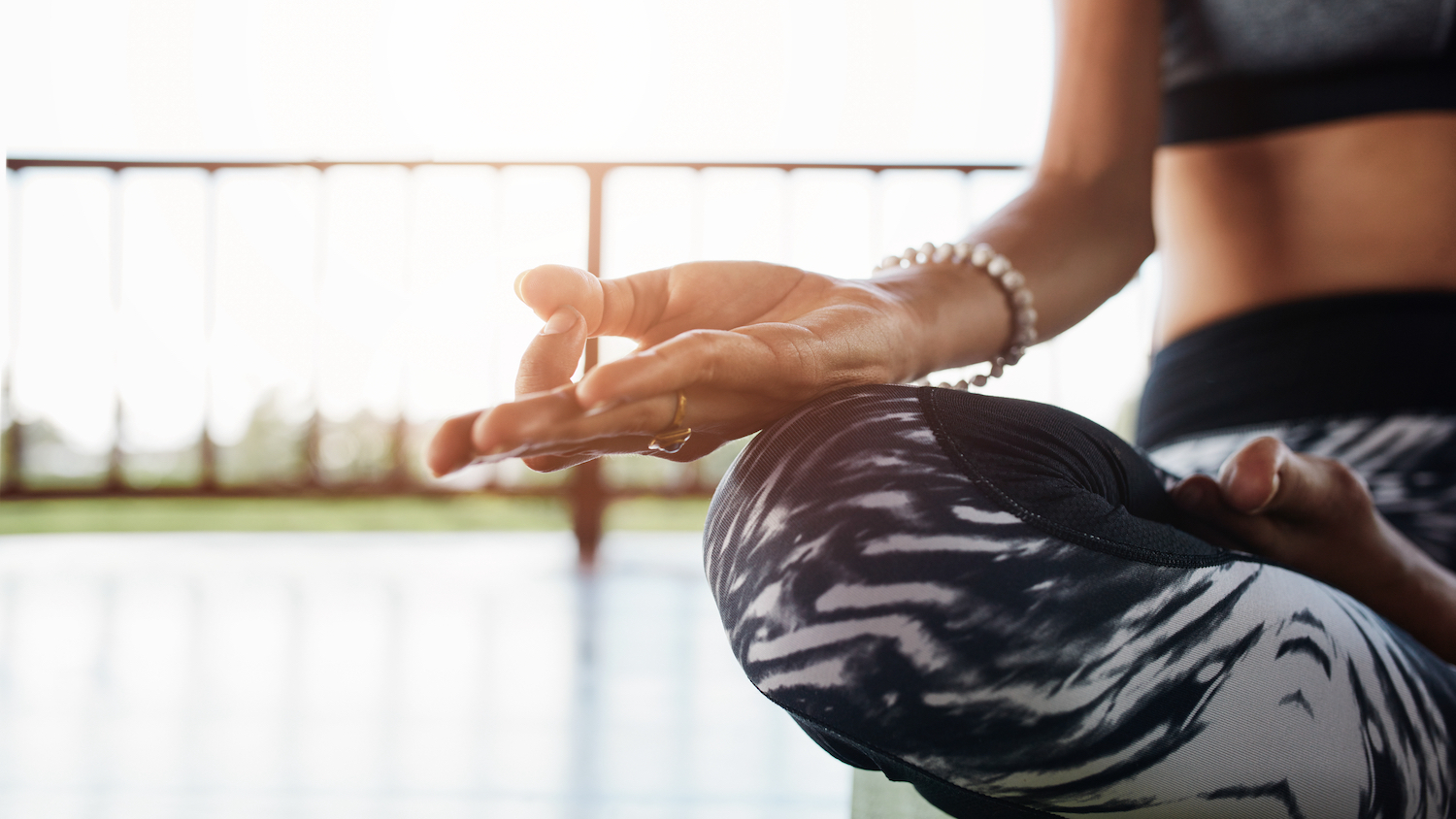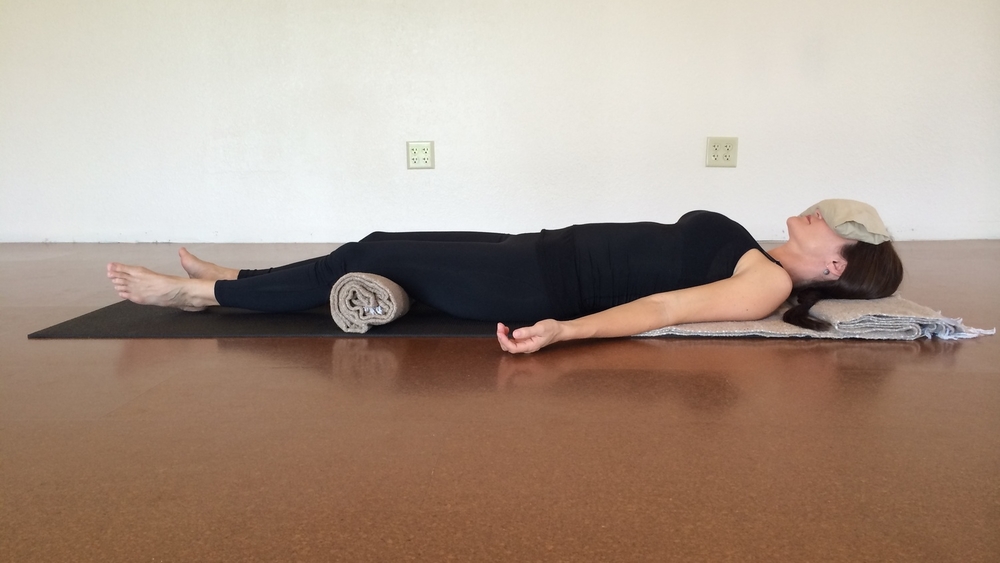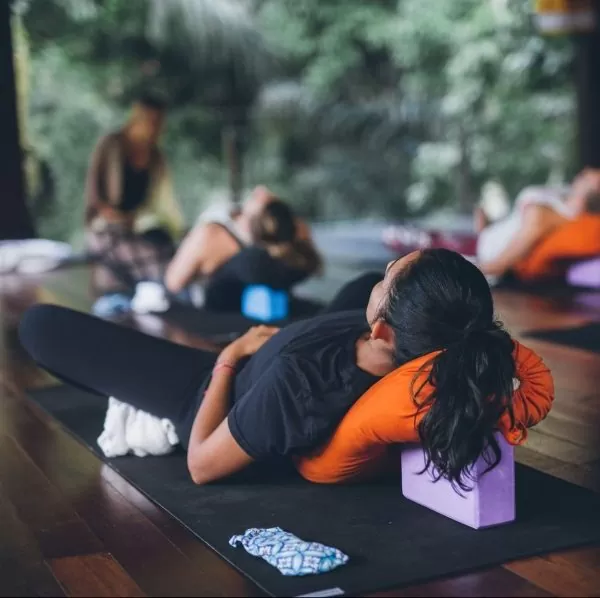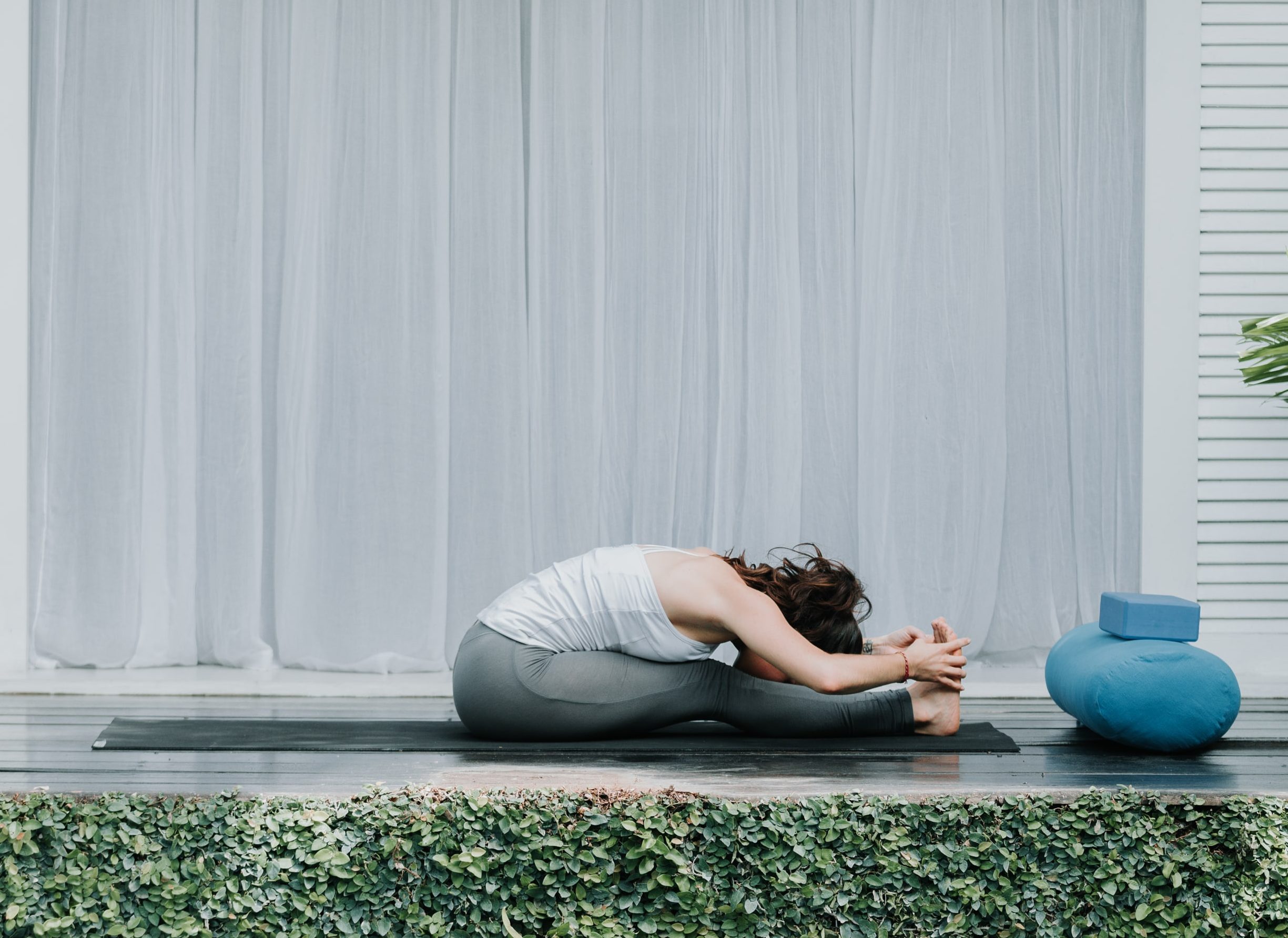Emotional Eating and How to Decrease Anxiety
What is anxiety? Do you often feel your heart racing? Is your breathing shallow? Do you just have moments when feelings

Meditation is a length of time when you’re in deep relaxation to help clear your mind and destress yourself. It is attempted to achieve peace, a calm state of mind and serenity. It can be used to help reduce mental health problems such as stress, anxiety and depression by increasing self wellbeing, self love, self worth.
There are many types of meditation or mindfulness practices, and there is no one that’s better than the others, it all comes down to individual preference.
One that is great for relaxing the entire body is called: Body scan meditation, or progressive relaxation.
Body scan meditation, is meditation that encourages the scanning of your body for areas of tension. The goal is to notice tension and to allow it to release.
When you’re feeling stressed, it’s common to “carry stress in your body” in the form of tense shoulders, a stomach “in knots,” through shallow breathing, or in other ways. A body scan meditation is a practice that can be performed daily or even several times a day and can help you learn to identify what you are feeling and where you’re feeling it, and learn to release this stress in your body and mind.
Prepare
Wear comfortable loose fitting clothing. Something that is warm enough to keep you from getting cold (you are going to be still for a period of time after all)
Leave any items that may distract you somewhere else. (For example your phone.) Turn it on silent and tuck it somewhere you can’t hear it. (If you get a text and it starts to buzz.) Turn off radios, TV’s and any other distractions.
If you can’t stand silence turn on some relaxing music, bird & water sounds or binaural beats. These can be used to help relax you, but everyone is different. Find what feels right for you.
Environment
Creating the right environment is crucial. Find a place you feel calm and safe. Being somewhere that makes you feel uncomfortable will make it very hard to relax and clear your mind.
Find a place that has natural light, rather than artificial, or if it feels right, total darkness can be used too. Allow some fresh air to be coming through, but not too much or could become distracting.
Lastly, if it feels right and is possible, find a space that is close to the outdoors as possible. Whether near a window, or even on deck. Being close to nature (while still being comfortable) makes it easier meditate.
Set a Reminder
Find a time that works for you and stick to it. Maybe you want to do it for 10 minutes in the morning straight after you wake up, or maybe you’d prefer after work or just before bed. Whichever time is better for you, set a reminder on your phone and try and stick to it for three weeks – as a challenge to yourself.
Even if you don’t meditate, every time the reminder goes off, get changed, go to your meditation space and take a seat. If you feel like meditating when you’re there, do so. If not, that’s okay, you don’t need to force it.
Speaking of taking a seat…
Positioning
Because you’ll be in the same position for 10 minutes or more, making sure that you are comfortable is important. The usual meditation position is called the Lotus, but a regular crossed leg seat is fine. If you can’t sit like that a chair is also acceptable – make sure you align your spine and tilt forward (so not slouch)
Or for Body Scan Meditation you can also lay down, with your head and back propped up. Try to get into a position that is comfortable enough for you to fully relax without becoming so comfortable that you may fall asleep.

The Meditation
Let your breathing slow down, and start breathing from your belly instead of from your chest, let your abdomen expand and contract.
Bring your awareness to your body and notice any tension you’re feeling.
Do you feel a feeling of tightness in your shoulders, back, neck, or anywhere else? What about sensations of pain, either sharp, dull, or subtle? Do you have a feeling of concentrated ‘energy’ around a certain area? Sit with it for a minute and notice what you’re feeling in your body.
You may want to start at the top of your head and systematically focus on each area of your body on your way down–scalp, ears, cheeks, neck, shoulders, chest, solar plexus, etc.–and really notice what sensations you have in each area.
If you notice any uncomfortable sensations, focus your attention on them. Breathe into them, and see what happens. Visualise the tension leaving your body through your breath and evaporating into the air. (Many people notice that the feeling becomes more intense first, and as they continue and keep their focus, the feeling dissipates.)
Continue this practice with each area of your body, moving from head to toe. It may help to think of the scan as a wave, drifting slowly over your entire body. Notice how you feel, where you’re holding your stress, and what sensations you’re experiencing as a result. Breathe, meditate and relax.
At the end (toes) of your body scan, spend a few moments to expand your attention to feeling your entire body breathing freely. Then slowly open your eyes if they have been closed and move mindfully into the next moment.
Smile
Sounds strange, but at the end of your practice smile and be happy that you made this time to focus on yourself. Meditation is at its core a way to check in with yourself and destress. There is no wrong way to do it, as long as you feel relaxed afterwards, you’ve achieved what you set out to do.
If you can take 10-20 minutes out of your day to focus on yourself and meditate it will have great benefits to your wellbeing long term.
Want to learn other types of Meditation?
Click here for our Goddess Gratitude Meditation
Click here for our Basic Breath work Meditation.

What is anxiety? Do you often feel your heart racing? Is your breathing shallow? Do you just have moments when feelings

A great way to help get to sleep is our Yoga Flow for Insomnia. Taken from our restorative Yoga sessions on

It’s normal to feel anxious sometimes, everyone does at one point or another. Anxiety is our body’s way of keeping us